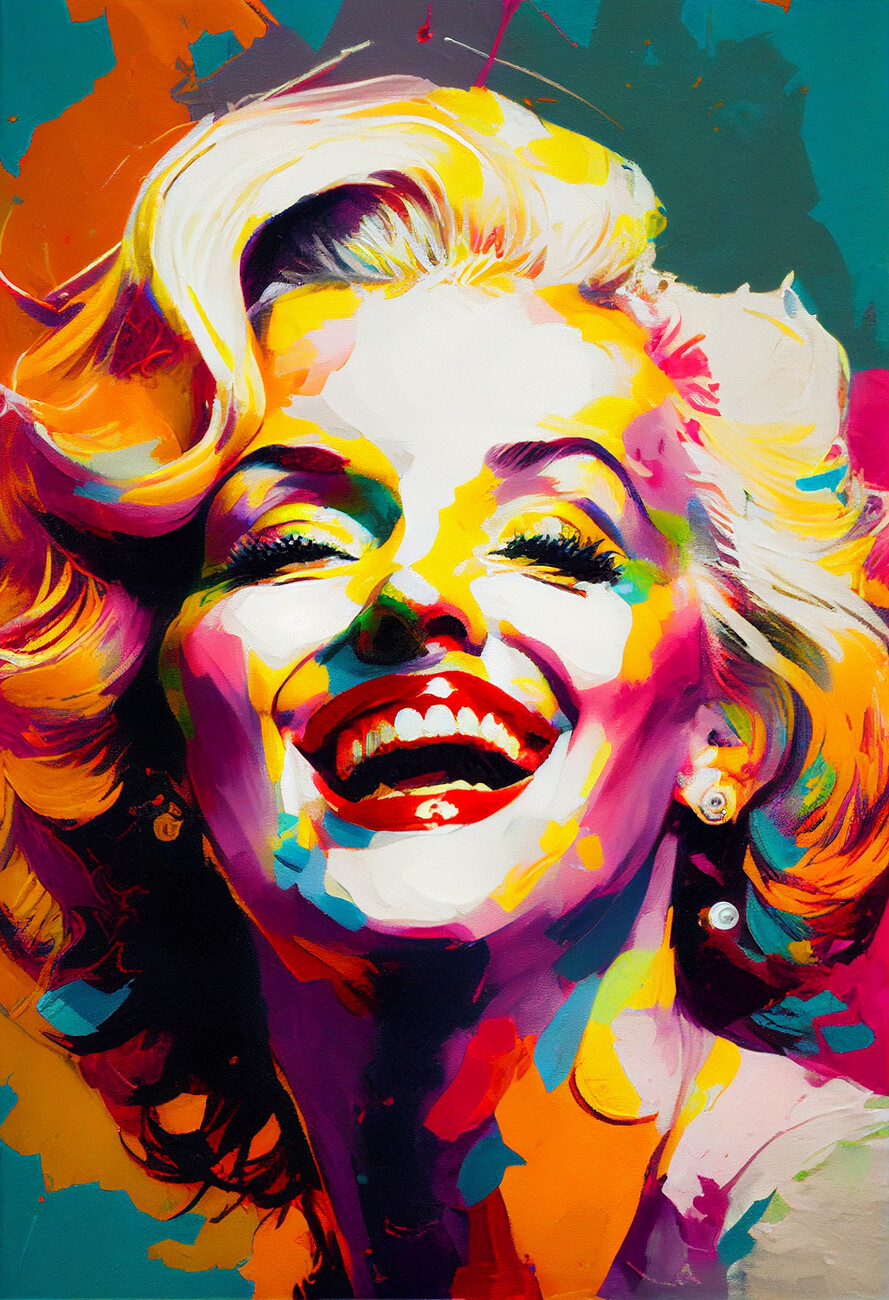Starting a Visual Trip With the Lyrical Analyses of Nature in Stylist Landscapes
Each brushstroke, each play of light and shadow, and each shade selection in their jobs speaks quantities regarding the artists' deep link to nature and their capacity to equate its beauty onto the canvas. As we discover the lyrical interpretations of nature in Stylist landscapes, we are welcomed to immerse ourselves in a globe where reality and feeling intertwine, supplying a look into the musicians' profound admiration for the natural globe.
The Fascinating Brushstrokes of Claude Monet
Claude Monet's proficiency of brushstrokes transcends plain method, imbuing his landscapes with a spiritual high quality that mesmerizes and mesmerizes viewers - trump art. His cutting-edge use shade and light, integrated with his distinctive brushwork, develops a sense of activity and life within his paintings. Monet's prominent series of jobs depicting water lilies and his famous haystacks display his capability to record the fleeting impacts of light and ambience

Embracing Light and Shadow With Camille Pissarro
Symbolizing a similar respect for the interplay of light and shadow, Camille Pissarro's creative vision unfolds as a harmonious expedition of the environment's luminous subtleties. Pissarro, a crucial number in the Impressionist movement, masterfully caught the vibrant partnership between light and shadow in his landscapes. His skilled use of color and brushwork enabled him to share the refined shifts in light that define different times of day and periods.
Pissarro's paints typically include spotted sunlight filtering with fallen leaves, casting detailed patterns of light and darkness on the planet below. In works such as "Hoar Frost, the Impact of Snow, Pontoise," Pissarro skillfully illustrates the crisp illumination of winter season sunlight juxtaposed with the amazing darkness that define the snowy landscape. By welcoming both light and darkness in his structures, Pissarro welcomes customers to submerse themselves in the all-natural elegance and transient effects of light on the planet around them.

With Pissarro's works, we are advised of the transformative power of light and darkness, welcoming us to stop briefly and value the short lived minutes of appeal existing in the daily landscapes that border us.
A Symphony of Color Styles by Edgar Degas
Edgar Degas manages a vivid harmony of shades in his masterful artworks, instilling his structures with a dynamic interplay of hues that astound the audience's stare. Known primarily for his ballet professional dancers and intimate scenes of Parisian life, Degas adeptly adjusted shades to communicate mood and movement in his paints. trump art. His usage of strong, contrasting colors and refined tonal variants produced a sense of deepness and vibrancy within his jobs
Degas' color palette commonly was composed of rich blues, deep greens, and cozy oranges, which he used with positive brushstrokes to capture read the full info here the essence of his topics. you can try here Whether depicting a ballerina mid-performance or a group of good friends chatting at a coffee shop, Degas' colors not only showed the scene yet additionally stimulated a feeling of emotion and energy.
Additionally, Degas' experimentation with light and darkness included an added layer of complexity to his color make-ups, enhancing the overall ambience of his paints (trump art). With his proficient control of color, Degas developed a visual symphony that proceeds to resonate with visitors today
Checking out Nature's Serenity With Berthe Morisot
Berthe Morisot's imaginative vision provides a calm separation from the vibrant shade symphonies of Edgar Degas, as she records the serenity of nature in her evocative landscapes. Recognized for her delicate brushwork and intimate portrayals of day-to-day life, Morisot's landscapes radiate a sense of peace and consistency.
Morisot's paintings frequently include soft, muted tones that share a feeling of peace and calmness. Her jobs, such as "The Cradle" and "Summer's Day," display her capacity to capture the refined beauty of nature in such a way that is both reflective and comforting to the viewer.
Unlike a few of her Stylist equivalents who concentrated on dynamic compositions and vibrant shades, Morisot liked to create mild, reflective scenes that welcome the audience to reflect and stop briefly. Through her masterful usage of light and darkness, Morisot develops a sense of serenity that reverberates with the visitor on a deep psychological review level.
The Emotional Landscapes of Vincent Van Gogh
Vincent Van Gogh's landscapes vividly convey a depth of emotion with their dynamic brushwork and expressive use of shade. The Dutch post-impressionist musician is renowned for his capacity to record extreme and raw feelings in his paintings, transcending conventional depictions of nature. Van Gogh's troubled individual life, marked by psychological wellness battles, greatly affected his art, instilling his landscapes with a feeling of unease, sorrowful, or vitality.
In jobs such as "Starry Night" and "Wheatfield with Crows," Van Gogh's swirling brushstrokes and dynamic shade selections stimulate an extensive psychological response from audiences. The stormy skies and upset landscapes in his paints show his internal chaos and emotional turbulence, welcoming visitors to explore the complexities of his psyche.
Van Gogh's unique visual language, defined by exaggerated perspectives and bold use shade, develops landscapes that reverberate with viewers on a deeply psychological degree. Via his art, Van Gogh invites us to see nature not just as an outside reality however as a mirror of our innermost sensations and emotions.
Conclusion
To conclude, the impressionist landscapes of artists such as Claude Monet, Camille Pissarro, Edgar Degas, Berthe Morisot, and Vincent Van Gogh offer a fascinating and unique aesthetic interpretation of nature. Through their use brushstrokes, light, feeling, and color, these musicians have produced a harmony of pictures that stimulate a feeling of peacefulness and charm in the all-natural world. Their jobs proceed to motivate and bewitch customers with their lyrical interpretations of the landscapes around us.
Each brushstroke, each play of light and shadow, and each color selection in their jobs speaks quantities about the musicians' deep link to nature and their capacity to translate its charm onto the canvas. His ingenious usage of shade and light, combined with his distinct brushwork, develops a feeling of movement and life within his paints. His skilled use of color and brushwork enabled him to communicate the subtle shifts in light that define various times of day and seasons.
